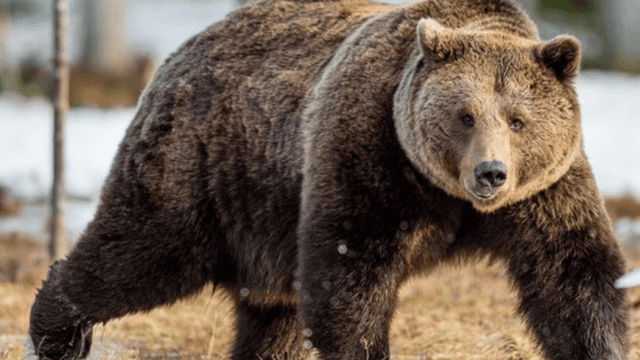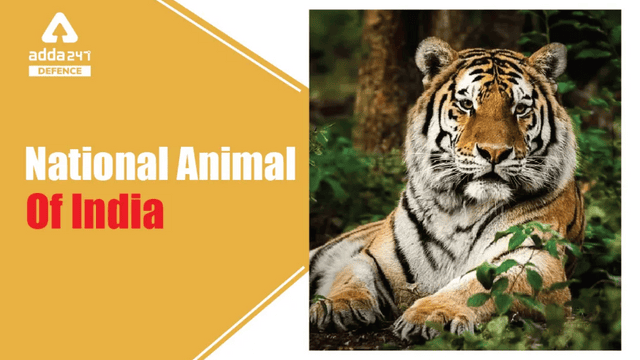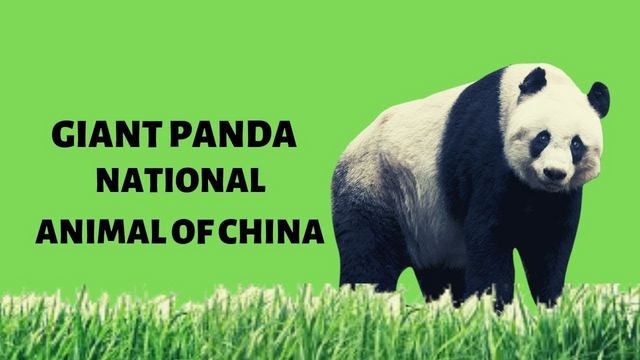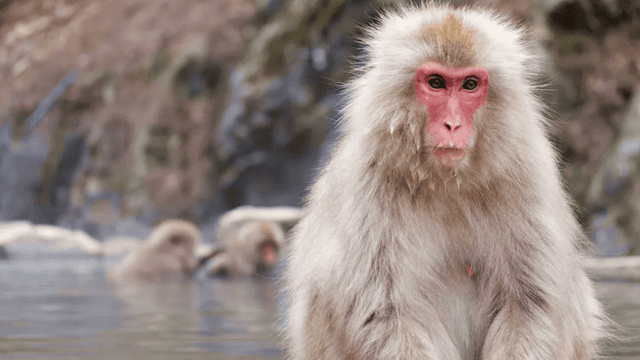A country’s national animal is the animal that it selected to represent its country. Most countries choose their national animal so that it shows something about their culture. Many countries also have more than one animal that represents them.
In simple terms, a country’s national animal is its most important animal and a symbol of its culture and history. There are often questions about the national animal of each country on many competitive exams. In this post, we’re going to give you a list of animals that are important to different countries.
Here are the Top 7 Countries’ national animal
1). America National Animal
National Animal -American bison

The American bison is a type of bison that lives in North America. Its scientific name is Bison bison. It is one of two species of bison that are still alive, the other being the European bison. It is sometimes called the American buffalo or just buffalo.
By 9000 BC, its historical range was called the “great bison belt.” This was a large area of rich grassland that stretched from Alaska to the Gulf of Mexico, east to the Atlantic Seaboard (almost to the Atlantic tidewater in some places), as far north as New York, south to Georgia, and, according to some sources, even further south to Florida.
In North Carolina, bison were seen as late as 1750 near Buffalo Ford on the Catawba River. Once living in large groups, the species was almost wiped out by commercial hunting and killing in the 19th century, as well as the spread of diseases from domestic cattle.
Related: A Look Into the Top 10 Countries Ranked by Largest Land Area in the World!
2). Russia National Animal
National Animal – Eurasian brown bear

The Eurasian brown bear (Ursus arctos arctos) is a brown bear subspecies that is widespread over much of Eurasia. It is also known as the European brown bear, common brown bear, common bear, and a variety of other vernacular names. The genetic diversity of modern brown bears (Ursus arctos) has been widely investigated and appears to be spatially organized into five main clades based on mtDNA studies.
3). India National Animal
National Animal – Bengal tiger

The Panthera tigris Tigris subspecies, of which the Bengal tiger is a subset, is the true tiger. It is one of the largest living wildcat species. It’s one among the world’s charismatic megafauna, so they say.
An estimated 12,000-16,000 years ago, during the Late Pleistocene epoch, tigers first appeared on the Indian subcontinent. In 2011, it was believed that there were fewer than 2,500 of them left in the wild due to factors including poaching and the destruction of their natural habitat.
Read More: Let’s Explore! the Top 10 Religion and Their Flags Brief
There are no tiger conservation landscapes in its range that are large enough to sustain a population of more than 250 adults.
4). Australia National Animal
National Animal – Red kangaroo

The red kangaroo, which is found only in Australia, is the largest of all kangaroos and the largest extant animal. Outside of southern Western Australia, the eastern and southeastern shores, and the rainforests along the northern coast, it can be found all throughout Australia’s landmass.
5.) China National Animal
National Animal – Giant panda

The gigantic panda (Ailuropoda melanoleuca), popularly known as the panda bear (or simply the panda), is a Chinese bear species. [4] It is distinguished by its striking black-and-white coat and rotund physique.
The term “big panda” is frequently used to distinguish it from the red panda, a musteloid that lives nearby. Despite belonging to the Carnivora group, the giant panda is a folivore, with bamboo shoots and leaves accounting for more than 99% of its diet.
In the wild, giant pandas will eat various kinds of grass, wild tubers, or even meat in the form of birds, rodents, or carrion. They may be fed honey, eggs, salmon, yams, shrub leaves, oranges, or bananas in captivity, in addition to specially prepared meals.
6). Japan National Animal
National Animal – Japanese macaque

The Japanese macaque, or Macaca fuscata, is a species of Old World monkey found exclusively in Japan. No other non-human primate lives further north, nor in a colder climate, therefore they’ve earned the nickname “snow monkeys” since some of them dwell in places where snow covers the ground for months each year. The fur is a brownish-grey color, the skin is pinkish-red, and the tails are relatively short. There are two recognized subspecies of this animal.
Nihonzaru is the Japanese name for the species to differentiate it from other primates, but as the Japanese macaque is the sole species of monkey in Japan when people there refer to Saru, they usually mean the Japanese macaque.
7). Srilanka National Animal
National Animal – Sri Lankan elephant

The Sri Lankan elephant (Elephas maximus Maximus) is a subspecies of the Asian elephant. It lives in Sri Lanka and is one of three subspecies that are known. It is the type subspecies of the Asian elephant. Carl Linnaeus used the binomial name Elephas maximus to describe it for the first time in 1758.
The majority of Sri Lanka’s elephants now live in the dry parts of the country, which are in the north, east, and southeast. Elephants live in Udawalawe National Park, Yala National Park, Lunugamvehera National Park, Wilpattu National Park, and Minneriya National Park.
They also live outside of protected areas. It is thought that Sri Lanka has the most elephants per square mile of any country in Asia. Human-elephant conflicts are getting worse because elephant habitat is being turned into settlements and permanent farms.



Comments are closed.